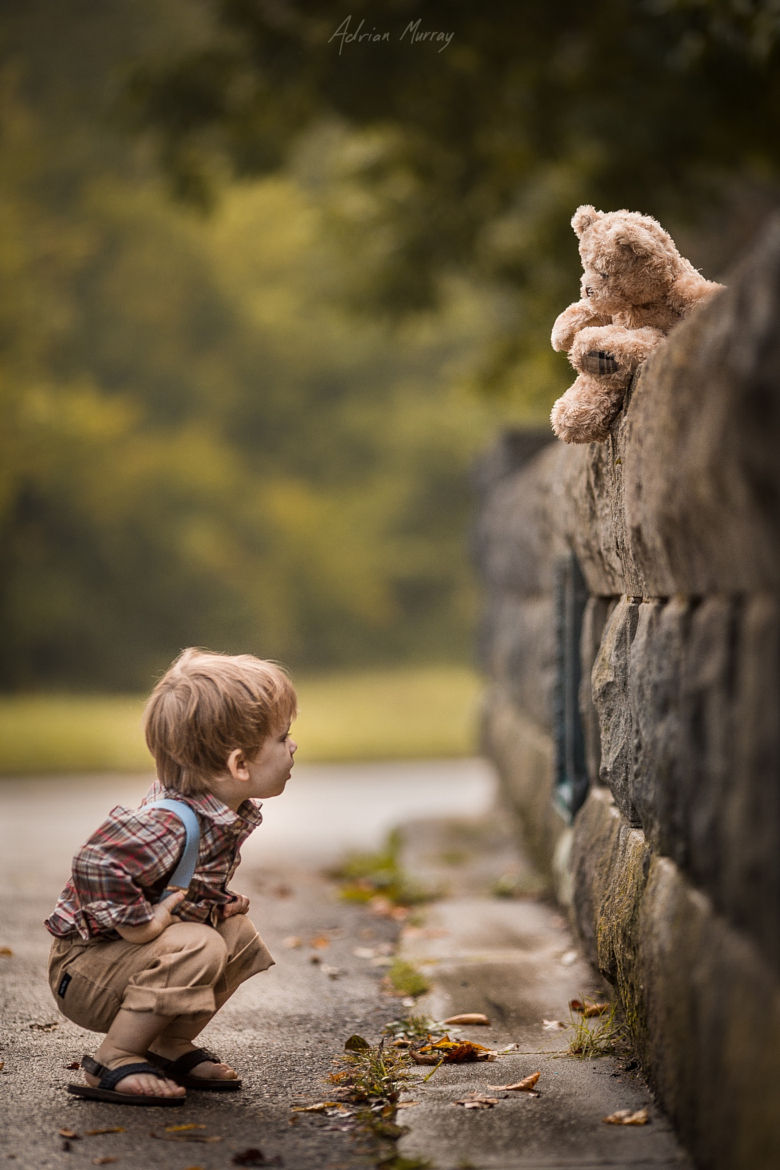Shaping Behaviour in 'naughty' children
- Alison In Tiny Land
- Jul 29, 2017
- 4 min read
I have wanted to write up on strategies for wilful or 'naughty' children for some time. I have so much to say that I felt it would be too heavy. So I've separated this into 3 blog entries, with some practical tips and activities to engage and channel your child.

What is a naughty child? What is being naughty? Not doing what you’re told? Doing something inappropriate or unreasonable? I’d love you to make a note of your definition.
Over time my definition of naughty has changed. Many times. And it will continue to change as I evolve as a parent. And this is why..
When I had my first child, Fin, I admit I was a bit wary of some children approaching my boy. Some seemed to be a bit naughty or a bruiser, and I didn’t want my son to be influenced, hit or hurt by them. I became pretty good at identifying these kids. I stuck closely to ‘safe’ kids..who’s parents I knew had similar approaches to mine. And my view was that there was nothing that couldn’t be resolved with discipline. When the time came. Mine was just a baby and I had never needed to discipline him, he was brilliant..a ‘good’ boy.

But then slowly slowly my child started exhibiting behaviours that really surprised me. Hiding, growling, refusing to take part in activities he loves.
When he was 2 I had a 2nd child and life got harder (though more rewarding) and I have sought professional help for Fin. Although my first child has not been diagnosed with any disorders as yet it’s my toolkit that matters. I am learning so much more about parenting than before when I had a ‘good’ child. So I am going to share some of my beliefs and experiences today on shaping behaviour.
Shaping behaviour with your children carries on until their late teens or early 20’s Sorry - you will win battles over time but - until you are no longer responsible for your child’s behaviour, this will be your job as a parent.
They will continue to risk-take and experiment until they decide that these risks have produced enough understanding of our complex world to make life choices without having to experience several options. As adults they can gauge the kind of outcome that each choice will produce..like choosing the right sort of partner. And hilariously for us parents their choices will often mirror what we taught them all along as young children (don’t we often grow up to be just like our parents?) So even if you think you’re not making a difference…you are! It just requires a lot of time, and patience on our part. Patience..remember that one?

We know that children learn through experience. Just as we can’t learn how to drive and navigate the roads through reading or hearing about it..children need to live it. Just as we wonder whether that dress would fit us, or a t shirt suit us - we try it! Some things you just can’t google!
First there is the idea - the imagined. Then there is the real world test where we learn outcomes. Children also wonder and imagine and they have so much more to learn so are doing it all the time! I find the people who just love learning are people with huge imaginations!
So children unawarely seek out things to learn. Subconsciously through play!
Rough play might be a way for the child to learn about the physical world but also to refine their motor skills including pressure/strength and positioning (more of this in my blog entry on the Proprioceptive system: https://www.tiny-land.co.uk/single-post/2017/07/25/What-is-the-Proprioceptive-System
Depending on their age, a child may have a degree of awareness of what they are doing e.g. they are taking a toy because they want to play with it. Yet they may not always know why they are behaving the way they do..be it due to tiredness, frustration, or a number of factors. Young children can’t use language fully to express themselves. They may not even be toilet trained yet and even aware of their body’s behaviours.
So I like to look at behaviour causes separately; between conscious and sub-conscious motivations.
This really helps to understand and help them. Your child may have issues with hitting, but this can be due to a number of factors. They could be frustrated, angry, or learning it elsewhere (conscious).
They may be afraid and react to protect themselves - often this is subconscious.
Our job is to look at the reasons why our child ‘misbehaves’. Sometimes we don't know so will need to experiment in a real world test just like they do! Sometimes it’s a case of trial and error.

In the other 2 sections of my blog on Shaping Behaviour, I look into the Conscious and Sub Conscious behaviour causes in detail. For now I will leave you with a therapeutic sensory art activity you can use with your wilful child.
Painting and Drawing is a fantastic medium for children because you can represent real life in pictures! You can teach colours, numbers, explain life situations and so much more! It can also be a way to express what they find hard to communicate. Abstract art can be also used to start a conversation…what does that remind you of? It can be a way to extract their ideas and imagination. You can use the following activity as a way to engage an energetic and physical child in an expressive way.
Caution: Best done outside! You can buy our scented natural paints here: https://www.tiny-land.co.uk/natural-paints

Water Balloon Sensory Painting

Fill several water balloons with our scented paint and tie up! You may need to use a funnel. If the water balloon does not fill adequately then you may need to add water.
Place a large canvas or card against a wall (you can secure several pieces of card together if you only have small pieces)
Throw balloons against the card!

Once dry you can bring indoors and discuss what they look and smell like or hang on the wall!
Top Tip: If the balloons don’t burst then you could place drawing pins in from the back of the card so they stick out at the front - parents need to do this and ensure constant supervision of children.
I hope you enjoyed this article. If you would like me to write an article or blog entry for you please contact me




































Comments